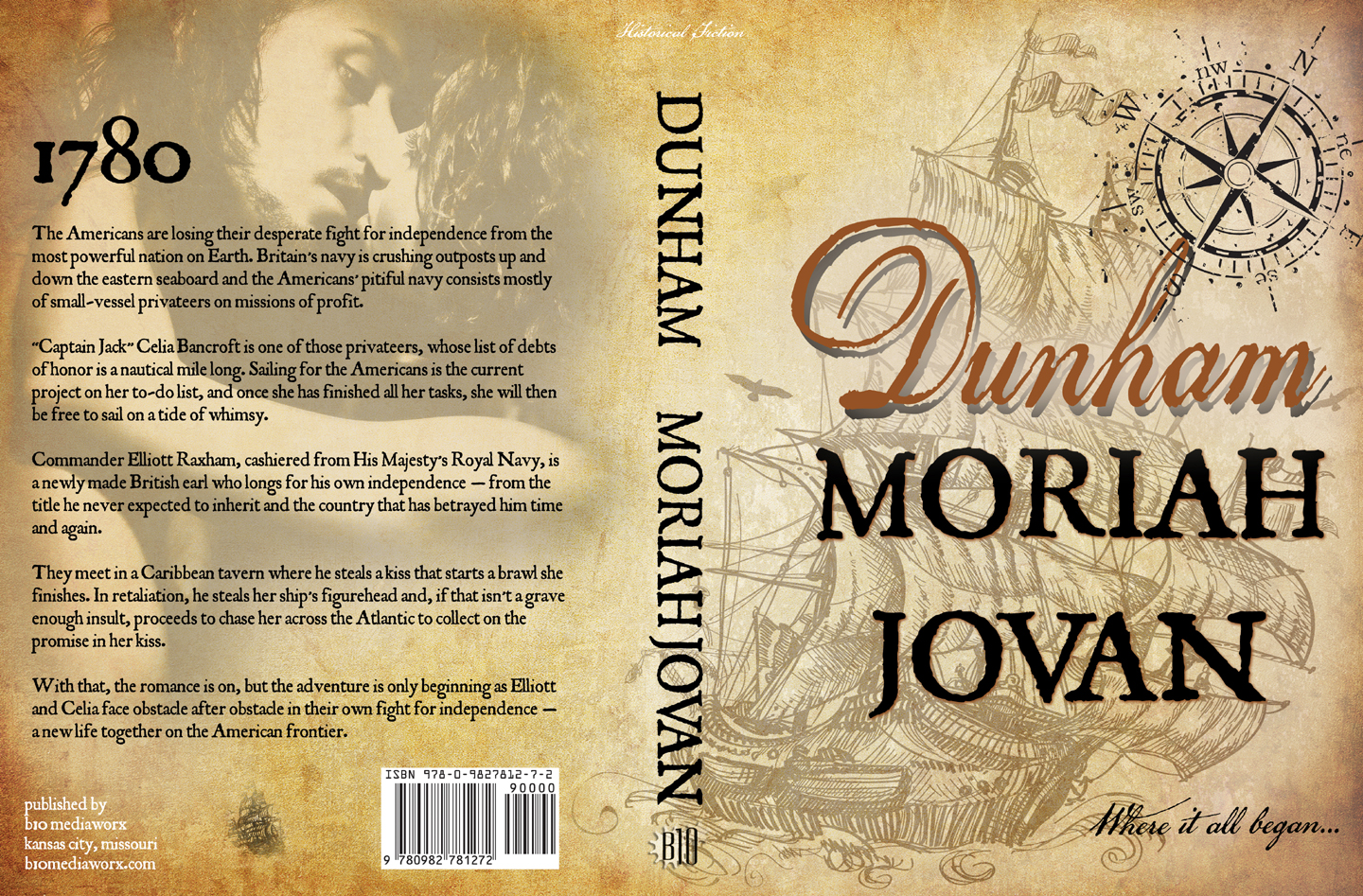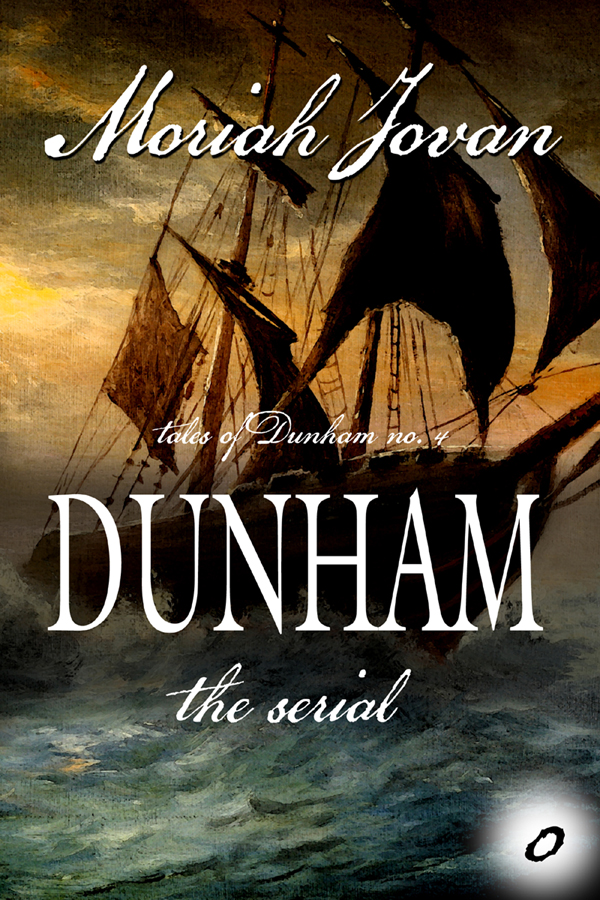I have/had a Dell laptop I’ve had for 5 years. That thing has been a workhorse, but it had been having a couple of problems I either found a workaround for or put up with. It was on and cooking 12-18 hours a day every day. It had been reformatted twice, hauled around on vacation and to the library to work on it.
I go through keyboards like crazy because eventually the letters wear off and the fingernail grooves get too deep. That’s not why I get rid of them. I wear them out until they stop working. But I have an external monitor and wireless keyboard and mice. The most vulnerable parts of the machine were protected.
So my laptop’s been well taken care of, the keys are still relatively pristine, as is the screen. I was running XP Pro with Office 2000 (you can see my reasons why here).
But 5 years is a long time and beyond its expected lifespan. Dude was getting worried it would die in the middle of a huge deadline. We decided to get a new laptop. Now, I trust Dude with these decisions and he’s an ASUS fanboy, so I now have a shiny new ASUS.
Intel Core i5-2430M CPU @ 2.4GHz
6.00G RAM
64-bit
Win7 Professional
We’ve had it since April, actually. Dude’s been using it. I customize a computer to beyond an inch of its life and I really didn’t relish the fact that I would have:
1. a completely new operating system
2. incompatibility of my preferred work tools
3. unfamiliar new work tools
4. moving data
5. customizing those new work tools
I also had a Western Digital external hard drive we bought in 2004-2005 that held all my archives. Since it WAS the backup, I hadn’t felt the need to HAVE backup on it. Oh woe was me. Little did I know that it was on its last legs and this move killed it. I may or may not have unplugged it from the computer before it was supposed to have been.
Dude spent three days with a very kind Samaritan retrieving the data. There are other issues with the data now, but it’s there. I have it. This guy is a peach for helping us and here is his information: James Litten Watch the video. Seriously, people, give this guy business. He deserves it. I cannot stress this enough.
So I’m almost totally moved in. I cannot stand the fact that this OS’s changes seem to encompass how it looks. As far as I can see, the only reason it exists is to make the roundy corners on dialog boxes transparent and wavy. Whatever else it does, I don’t know. Please feel free to enlighten me below.
The first thing I do when I move into a computer is change the theme to resemble, as closely as possible, Win95. The new start menu was completely unintelligible and/or takes more clicks than it needs to. I started pinning things to my task bar immediately. But I still couldn’t deal with the interface. So I found this tool: Classic Shell XP (because XP was good about letting you have the 95 look). I still have the little wavy in the toolbar, but okay.

HOWEVER, my hatred for moving was borne out by the fact that while Office 2000 and Acrobat 7.0 Standard WILL run on Win7, their functionality is rendered nearly useless for my purposes. Every time I closed Word 2000, it said it had crashed. Acrobat 7.0 can’t be installed as a printer driver at all. This is purposeful on Adobe’s part and I’m coming to despise Adobe almost as much as I despise Apple.
Then I found XP Mode/XP Virtual Machine, which…crashed when I tried to install Acrobat 7.0 as the printer driver. I was despondent, thinking I’d have to buy an upgrade. Why? Why is this necessary, Adobe? What functionality have you added that I actually need? None.
I went on eBay, where I always get my software a couple of versions back and for CHEEP! I found this listing. Then I Googled what this is selling for everywhere, so clearly this listing was the JACKPOT! Now, I’ve been on eBay since dirt and have had about two bad buying experiences and it’s because I know how to read the listings. What’s wrong with that one? Rant in the comments below. (Now I see there are new listings.)
So I’m back to the sinking feeling I’d have to buy Acrobat X. I had some difficult (for me—shut up, this is traumatic!) decisions to make.
In the meantime, I needed two antispyware and antimalware utilities, which CNET conveniently had. Both gave me viruses and/or adware and/or spyware. CNET, you are worse than useless. You are perpetuating computer disease and whatever trust you have built up over the years is gone. I want everyone to know you are destroying computer health with these bullshit downloads.
Dude had a copy of Office 2010 he got from his work for a minimal charge, so I sucked it up and installed it after I read that it had a function to “save as PDF.” Another reason was because I had to do a quote PDQ and needed a PDF that wasn’t created with some cheap-ass generic PDF maker. Getting my normal.dot into this fucker was a nightmare. I still don’t know where the normal.dotm is stored, but I was FINALLY able to find where to point it to my preferred folder for templates.
That’s another thing. I’m very specific about where I want what stored. I have C: for the OS and program files. I have D: solely for data. Something I consider data is my Word and Excel templates. So I put those in D: and boy did Word 2010 make me work to find the way to set that. It imported all my macros and styles, but it still didn’t import my toolbars from normal.dot, but that’s because Microsoft has totally borked the purpose of toolbars. Don’t these people actually use the products they design? So now I’m faced with the task of rebuilding my toolbars and preferences and getting used to it. Cry for me, Argentina.
Well, I found out that Word 2010 really DOES “save as” PDF. HALLELUJAH. I may have done a victory jig. (Pix or it didn’t happen.) Until…I tried to print to a different page size. It seems that 8.5×11 is the default with no way to edit the page size to 6×9, for example. And I still don’t know if those PDFs are acceptable for Lightning Source. I also don’t know what effect using Word 2010 will have on the Smashwords documents I create. I guess I’ll find out next week when I upload the next installment of Dunham.
My next problem was Flash. Isn’t it always. The Shockwave Flash plugin for Firefox was crashing like crazy. I had to disable the damned thing and trust me, after having been denied access to Flash on my iPad, I was not willing to do so on my PC. Apparently this is a common problem, as evidenced by posts and no solutions. How the fuck do you not have a solution after two years?
Really, it seems many of my problems are caused by the change to a 64-bit system from a 32-bit system.
This has been going on since last Tuesday. What used to take me around 8 hours has taken me almost a week of dedicated effort. (No, I don’t use a moving wizard because I like to customize as I go.)
What I still have to do is:
1. transfer the data from my dead hard drive (currently on Dude’s computer)
2. customize Word and Excel 2010, and…
3. wait for and install Adobe Acrobat X that I ended up buying.
UPDATE 7:14PM CDT: It appears that Firefox and Google want to protect me from myself, but because I hadn’t updated Firefox in FOREVER, I was unaware of this bullshit, and now that I’m running the latest version of Firefox, I’ve got brand new annoyances to deal with.






 Beginning July 4, 2012, I will be posting one unedited chapter of Dunham per week, every Wednesday at 6:00 a.m. US Central time, for one year. I’ll offer them as free downloads here, at Smashwords, and at All Romance eBooks, and send email reminders to those who request one. It will be the serial equivalent of an Advance Review Copy (ARC).
Beginning July 4, 2012, I will be posting one unedited chapter of Dunham per week, every Wednesday at 6:00 a.m. US Central time, for one year. I’ll offer them as free downloads here, at Smashwords, and at All Romance eBooks, and send email reminders to those who request one. It will be the serial equivalent of an Advance Review Copy (ARC).